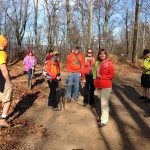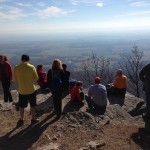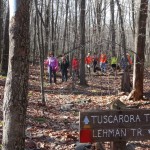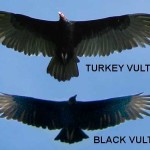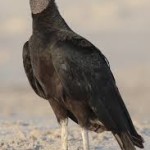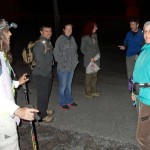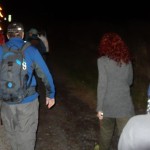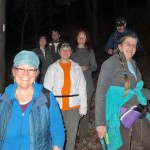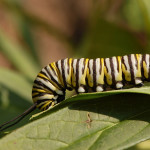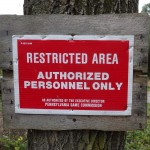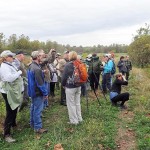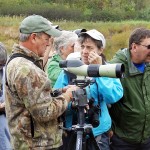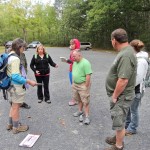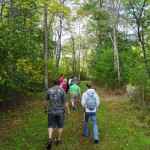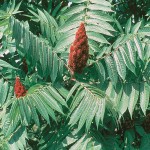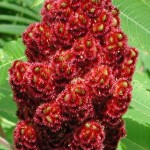Christmas is a time for celebrating life. A time for family, friends, and loved ones to connect with one another. This celebration comes just once a calendar year. Celebrating with the people you care the most about can bring memories that will last a lifetime. Memories that you can relive every day that follows. They are the kind of memories that a grandfather tells to his grandchildren. The kind of experiences you write about in your journal, Christmas cards or even, in this day, your social media page. These memories are sometimes captured by a photo but more often than not an experience that escapes the camera and can only truly be remembered with a look into the eyes of the person you were with at the time. The eye contact you make with that special person can take you right back to the place you were in the story that you are reminiscing about. Sharing these experiences with others can be as gratifying as the time you have lived. These special moments can be found sitting around a fireplace or on the top of a mountain in the vast wilderness. Wherever you find your happiness be sure to share it with the ones in your life that mean the most to you and beyond.
Some of my most memorable moments have been found outdoors on a trail, on the water, or deep in the forest where you can feel like you are the only person to ever find this special place. These moments are sometimes experienced alone and may be a once in a lifetime occasion. It is still a story worthy of sharing but the times you have experienced with others are without a doubt the most celebrated ones. Continue reading



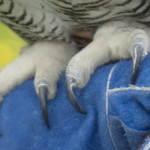
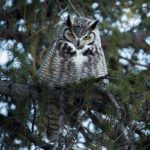
 On Jan. 18th join the DOC and learn about the Great Horned Owl. Bushwhack the Takach property for signs of the great bird. Afterwards, try your hand at dissecting STERILIZED owl pellets at the Cornerstone Christian Church. It is an average paced 2 mile hike on moderate terrain. Bring water and a snack. Dress accordingly and wear orange. Meet at 9:00 am. at the Duncannon Family Health Center. This hike is limited to 16 hikers and the cost is 6 dollars to cover the cost of the pellets. Call 834-9216 or email
On Jan. 18th join the DOC and learn about the Great Horned Owl. Bushwhack the Takach property for signs of the great bird. Afterwards, try your hand at dissecting STERILIZED owl pellets at the Cornerstone Christian Church. It is an average paced 2 mile hike on moderate terrain. Bring water and a snack. Dress accordingly and wear orange. Meet at 9:00 am. at the Duncannon Family Health Center. This hike is limited to 16 hikers and the cost is 6 dollars to cover the cost of the pellets. Call 834-9216 or email 